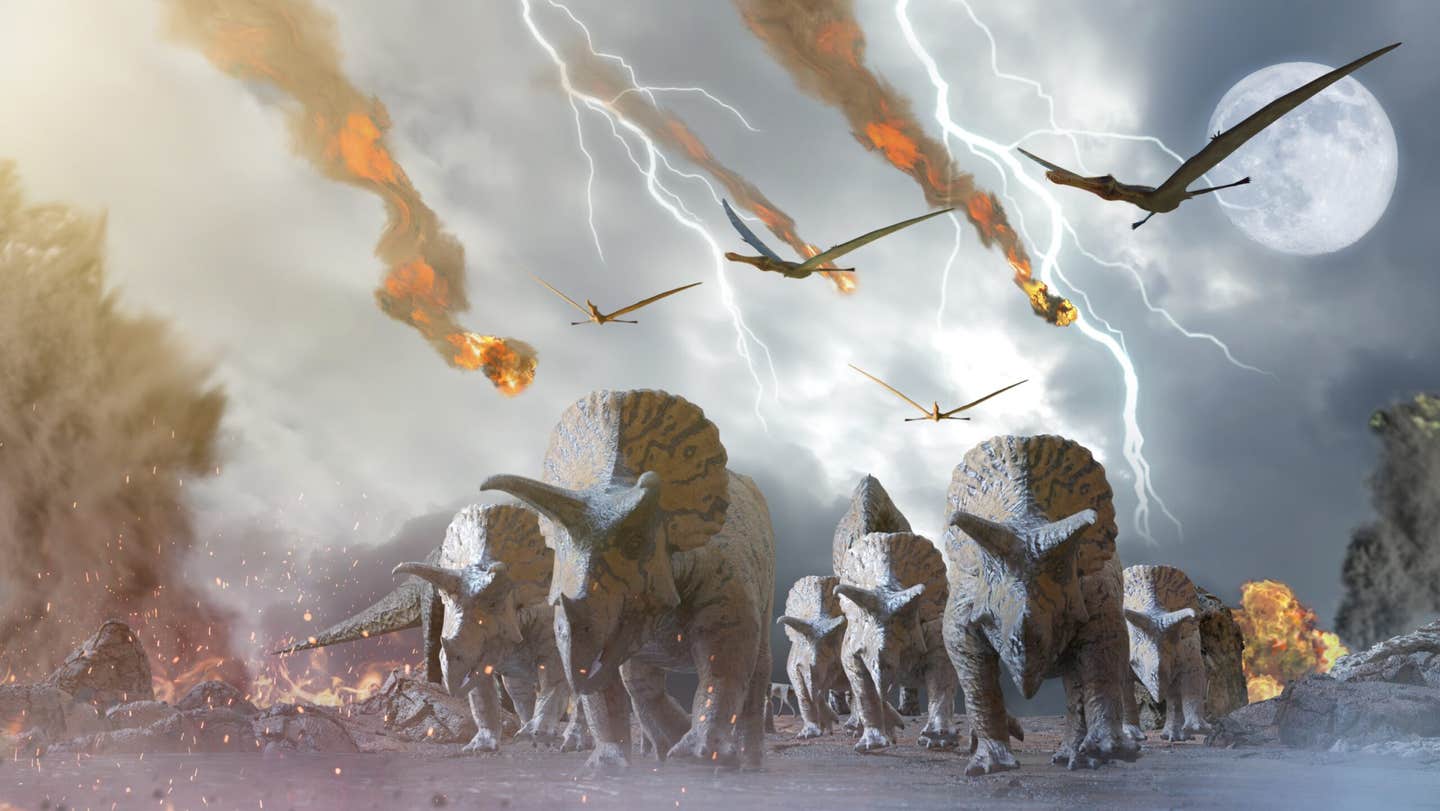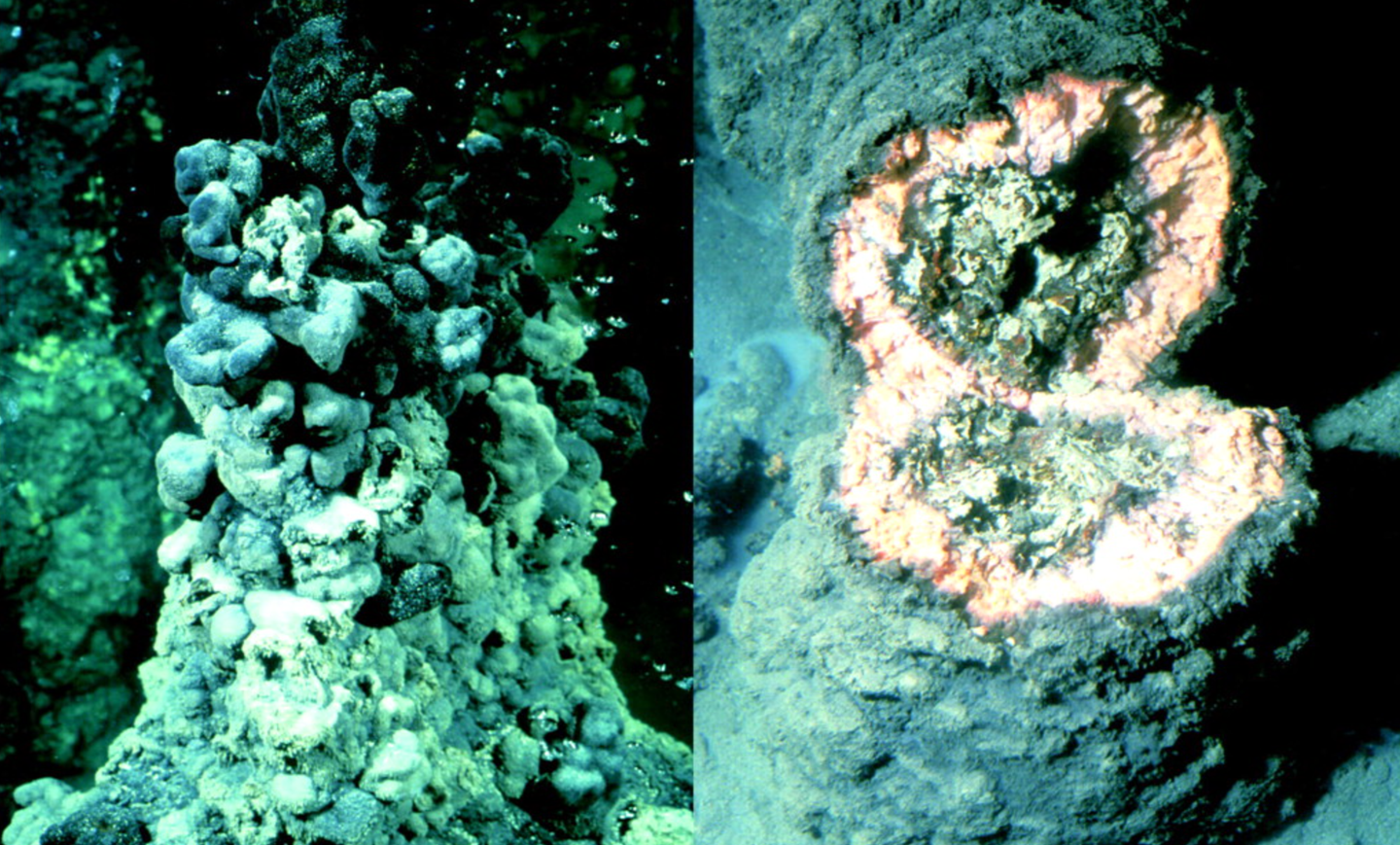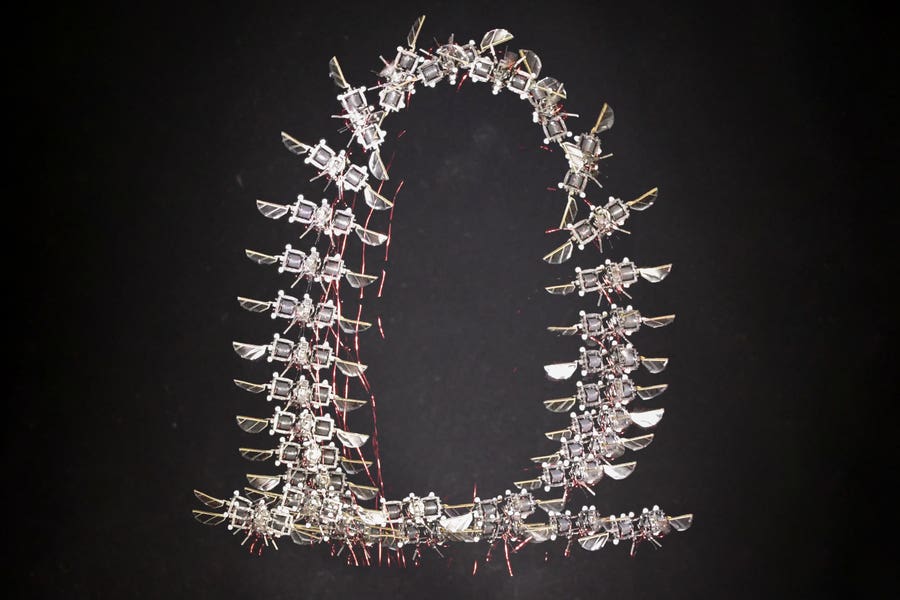Scientists discover where the dinosaur-ending asteroid came from
Around 66 million years ago, a colossal asteroid collided with Earth, altering the planet’s climate and sparking a mass extinction

Asteroid (CREDIT:
University of Alberta)
Around 66 million years ago, a colossal asteroid collided with Earth, altering the planet's climate and sparking the mass extinction that wiped out about 70 percent of all animal species.
A study led by geoscientists from the University of Cologne has shed new light on the origins of this asteroid, uncovering that it likely formed outside Jupiter’s orbit during the early stages of our solar system's development.
These findings, published in the journal Science, offer a deeper understanding of one of Earth's most significant extinction events.
The impact site, near Chicxulub on Mexico's Yucatán Peninsula, is believed to have hosted an asteroid at least 10 kilometers in diameter. Upon impact, this massive rock and vast quantities of Earth's crust vaporized, sending fine dust particles into the stratosphere. These particles blocked sunlight, leading to catastrophic shifts in Earth's environment, including a halt in photosynthesis for several years.
The layer of sediment left by these dust particles can still be found across the globe, marking the boundary between the Cretaceous and Paleogene periods. This layer is rich in platinum-group metals, particularly rare in Earth's crust, but abundant in the asteroid.
By examining the isotopic composition of the platinum metal ruthenium in the sediment, scientists determined the asteroid's origin. The analysis was conducted in the cleanroom laboratory at the University of Cologne’s Institute of Geology and Mineralogy.
Dr. Mario Fischer-Gödde, the study's lead author, explained, “The asteroid’s composition is consistent with that of carbonaceous asteroids that formed outside of Jupiter’s orbit during the formation of the solar system.”
Related Stories
For further comparison, the team also analyzed the ruthenium isotope compositions from other craters and impact sites on Earth, spanning different geological ages.
Their findings revealed that over the last 500 million years, most asteroid fragments that have collided with Earth originated from the inner solar system. These fragments, primarily from S-type asteroids, make up over 80 percent of meteorites found on Earth.
However, the Chicxulub impactor was an exception, originating from the outer solar system. “We found that the impact of an asteroid like the one at Chicxulub is a very rare and unique event in geological time,” noted Professor Dr. Carsten Münker, a co-author of the study.
Dr. Münker emphasized that this rare outer solar system projectile sealed the fate of the dinosaurs and many other species.
This research highlights the rarity and significance of the Chicxulub event, a catastrophic collision with an asteroid that journeyed from the distant reaches of our solar system. Understanding its origin not only provides insight into the mass extinction that occurred 66 million years ago but also underscores the delicate balance of factors that have shaped life on Earth.
Other outcomes from the Chicxulub asteroid impact
The Chicxulub asteroid impact also led to several other significant global events:
- Global Wildfires: The impact generated intense heat, likely igniting wildfires across large parts of the Earth's surface. These fires would have produced vast amounts of soot and ash, contributing to a significant atmospheric disturbance.
- Massive Tsunamis: The asteroid struck the ocean, generating tsunamis that may have reached heights of hundreds of meters. These waves would have devastated coastlines and contributed to the destruction of marine and terrestrial habitats.
- Nuclear Winter Effect: The impact ejected an enormous amount of debris, dust, and sulfur aerosols into the atmosphere. This material would have blocked sunlight for months or even years, leading to a dramatic drop in global temperatures—a phenomenon known as "impact winter." This cooling likely contributed to the collapse of ecosystems, particularly those dependent on sunlight for photosynthesis.
- Acid Rain: The impact vaporized rocks containing sulfur, which then mixed with water vapor in the atmosphere to form sulfuric acid. This acid rain would have caused widespread environmental damage, harming plants and aquatic ecosystems and contributing to the mass extinction.
- Ocean Acidification: The sulfur and carbon dioxide released into the atmosphere likely led to ocean acidification, which would have had devastating effects on marine life, particularly organisms with calcium carbonate shells or skeletons, such as corals and many plankton species.
- Depletion of the Ozone Layer: The impact may have caused a temporary depletion of the ozone layer due to the release of nitrogen oxides, exposing the Earth's surface to increased levels of ultraviolet radiation. This would have further stressed surviving plant and animal life.
- Climate Shifts: In the long term, the global cooling was followed by a period of warming due to the release of carbon dioxide from the impact and subsequent wildfires. This shift in climate may have contributed to the recovery of some species while leading to the extinction of others.
- Evolutionary Opportunities: The extinction of the dominant dinosaur species opened up ecological niches, allowing mammals and other surviving species to evolve and diversify. This event is seen as a critical moment in the evolutionary history of life on Earth, eventually leading to the rise of mammals and, much later, humans.
These outcomes collectively contributed to one of the most dramatic and far-reaching extinction events in Earth's history, fundamentally altering the course of biological evolution.
Note: Materials provided above by The Brighter Side of News. Content may be edited for style and length.
Like these kind of feel good stories? Get The Brighter Side of News' newsletter.



